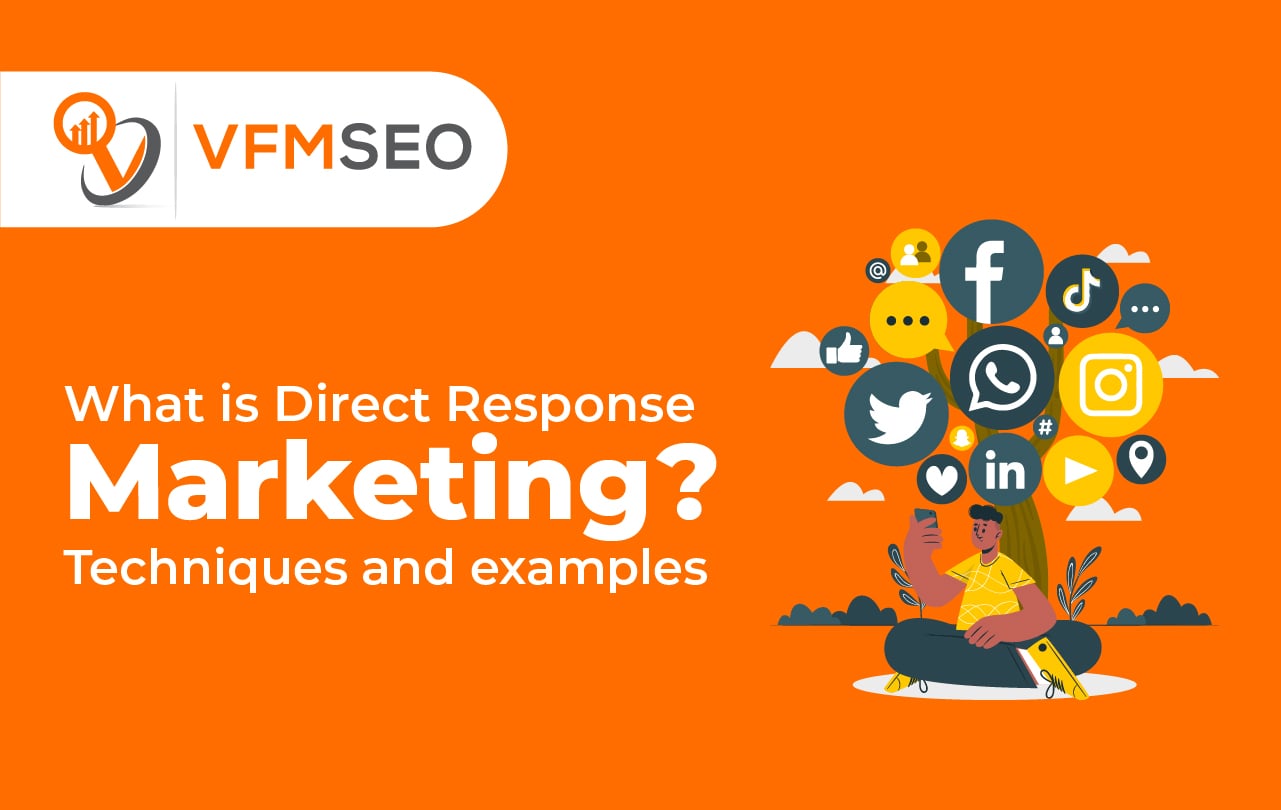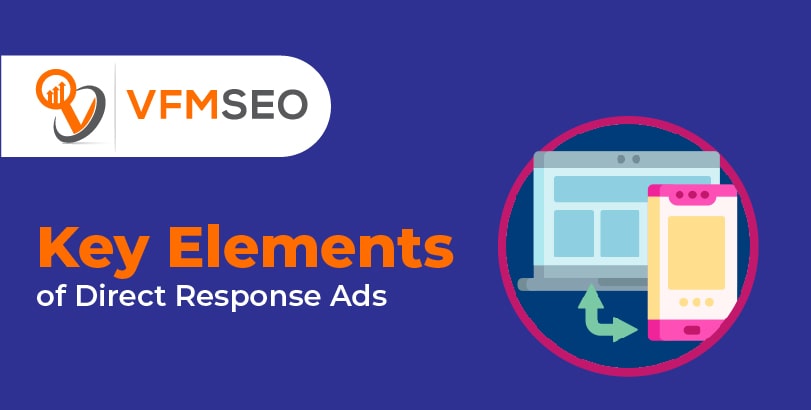
What is Direct Response Marketing? Techniques and examples
By encouraging prospects to take a particular action, direct response marketing encourages immediate response. In order to generate leads quickly, direct response advertisements must trigger immediate responses from competitors. Direct response, on the other hand, shows immediate ROI, unlike traditional marketing, which raises brand awareness and promotes brand image over time.
The direct response can be used through a number of channels, including TV, print, radio, email, digital, and social media. Direct response campaigns should each have a specific goal – registration, sharing with contacts, registration, etc. – and provide prospects with an irresistible offer in exchange.

Key Elements of Direct Response Ads
Direct response advertising differs from other types of advertising in several key ways, the most significant of which is the objective of driving a specific action. The following features are critical to developing a successful direct response campaign:
Customer Centricity
The consumer needs to know that your advertisement is useful before they respond to it. Advertising your brand will not get consumers to respond. You will get better results if you focus on consumer problems or on things they care about. A white paper on a topic relevant to their field can be offered, or a newsletter with the content of value may be encouraged.
Personalization and Targeting
Are you familiar with your customers and do you know what they will respond to? A brand offering personalized interactions will generate better results if you target your ads with specific groups. According to 80 percent of consumers, personalized interactions lead to better sales.
A Clear CTA
Direct response advertising is defined as an advertisement that motivates viewers to take action. Hence, the offer is crucial. At the moment, direct response advertising may not aim to sell a good or service to the prospect, but rather encourage the prospect to complete an action, such as downloading a white paper, signing up for a newsletter, or attending an event.
The call to action (CTA) of direct response ads with high conversion rates needs to be simple, clear, and easily accessible so consumers can clearly understand what they need to do.
Urgency
Consumers who feel a sense of urgency are more likely to take action, increasing conversion rates. Direct response ads should emphasize urgency with scarcity (“while supplies last”), time limits (“discount code expires on Sunday”), and competition (“whoever gets the most social shares wins”).
Benefits of Direct Response Marketing
Due to its quick ROI and high-volume lead generation, direct response marketing delivers numerous benefits. Additional benefits include:
- Easily Track and Measure: When using direct response ads, it is easy to determine the total number of prospects and leads that every campaign generates. Optimizing your marketing strategy involves knowing which ads and media will generate the greatest ROI. Knowing which ads and media to target is the key to optimizing your strategy.
- Identify Interested Prospects: Consumers who respond to direct response ads have opted in, so sales teams can identify those who are interested in your brand or products. Rather than wasting time on cold leads, sales teams can drive interested prospects through the sales funnel.
- Establish Direct Lines of Communication: Direct response ads help customers and prospects to establish direct lines of communication with you. In successful direct response campaigns, your prospects are looking to contact your brand with the information they find helpful. The difference between prospecting with a list of contacts you’ve gathered and had prospects who want to speak to you is crucial to closing sales deals.
Best Practices for Direct Response
Direct response advertising requires sophisticated consumer data and analytics so that advertising is personalized and delivered on the right channels and at the right time to maximize return on investment. Other best practices include:
Make the Response Easy
Consumers are less likely to fill out forms with a high number of fields to get to a white paper or wait on hold for more information. Therefore, make it easy for your consumers to respond to your ad, and your conversion rates will go up.
Make the Call to Action Specific
Incorporate a specific, clear CTA into the campaign to simplify the response process for consumers. If the consumer needs to take action, it should be immediately obvious to him or her; tell them just what to do. If the campaign’s goal is to get people to subscribe to your newsletter, make sure to only include a CTA button that encourages this action, since other CTAs (such as promoting your social channels) will detract from the campaign’s goal.
Use Compelling Copy
Advertisements bombard consumers— most Americans see between 4,000 and 10,000 ads every single day— and have learned to ignore most of them. Your direct response ads need compelling copy and, if applicable, gripping subject lines to stand out and grab attention.
The copy for an ad should be as personalized as possible, targeted strategically by media and channel, and simple enough so that consumers can understand what you’re offering quickly.
Follow Up
Make sure your sales and marketing teams understand how to engage prospects further, moving them down the funnel, since most of these campaigns offer value instead of focusing on the final purchase. Alternatively, will sales follow up directly with these leads, or will a nurturing campaign be put in place? Knowing the next steps while setting up a direct response campaign is crucial.
Examples of Direct Response
Direct response isn’t limited to emails or social. Companies can engage with their audiences in a variety of ways to encourage a response:
Referral Program
The company has become a leader in the men’s shaving space by focusing on content and direct marketing. One of their key campaigns centered around their refers a friend program. We responded simply: Refer a friend to Harry’s and receive free products and other promotions.
Land Rover’s Direct Mail Invites
Land Rover sent balloon invitations to 100 customers to celebrate the opening of its Liverpool showroom. The invitation included a message encouraging them to attend.
Proactiv’s Infomercials
When Proactiv was negotiating to acquire Neutrogena in 1993, its founders were more than hesitant to use infomercials to market their product, believing them to be cheesy. As talks with Neutrogena eventually fell through, Proactiv eventually began advertising limited-time deals like a free face moisturizer with an immediate purchase via infomercials. The infomercials were very lucrative for Proactive; by 2015, the company had sold $1 billion in products.

